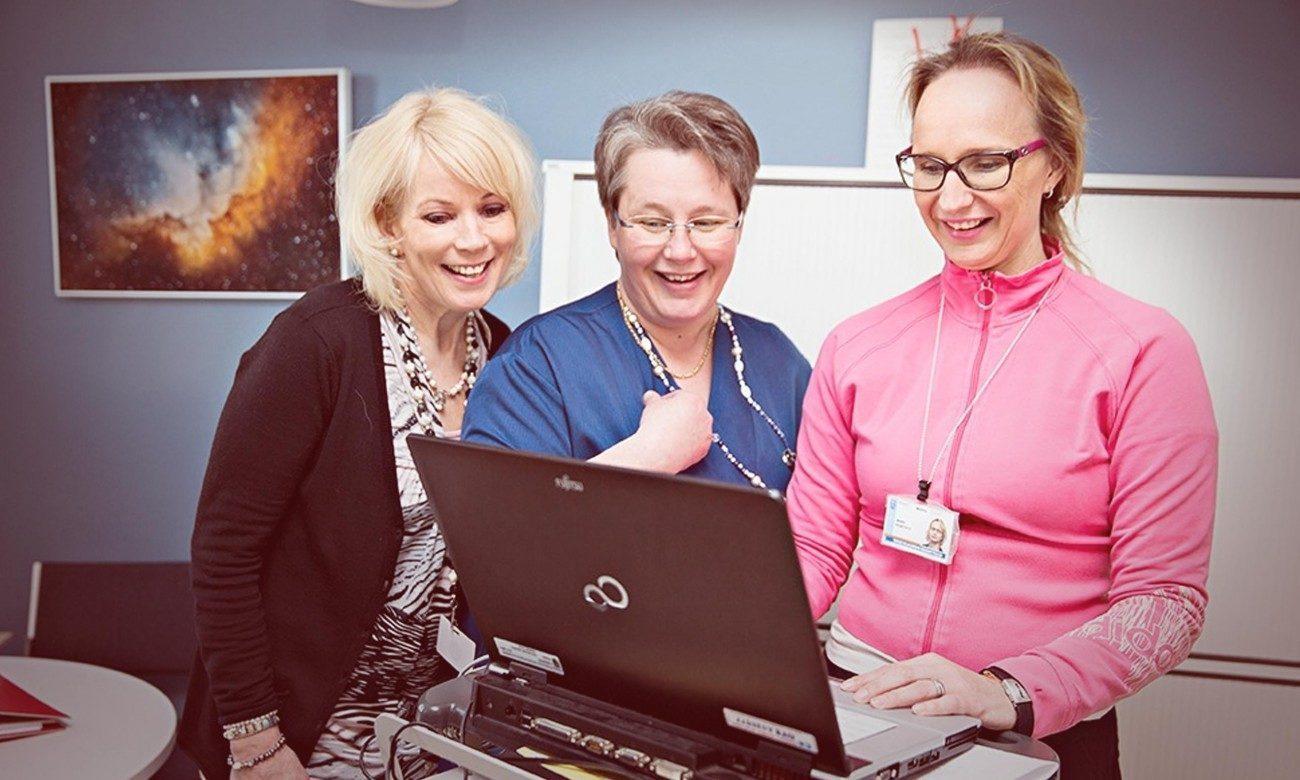
Ward 60 of children’s Surgery and Gastroenterology at the Northern Ostrobothnian health care district is doing well. The working conditions barometer results are excellent, the human resources budget came under and few substitutes are needed. Firstbeat Lifestyle Assessment results encouraged the Ward to further develop occupational wellness in a comprehensive and determined manner.
“Lifestyle Assessment is a method to gain valuable information on how to promote employee health, from individual to all organizational levels. The information it provides supports our staff members in making choices that support health and coping both at work and during leisure time. In addition, it supports the management of occupational wellness,” explains Oili Ojala, Occupational Wellness Manager at Northern Ostrobothnian health care district.
Planning the shifts in an ergonomic way is emphasized in this health care district. Lifestyle Assessment is also utilized to manage the load of shift work.
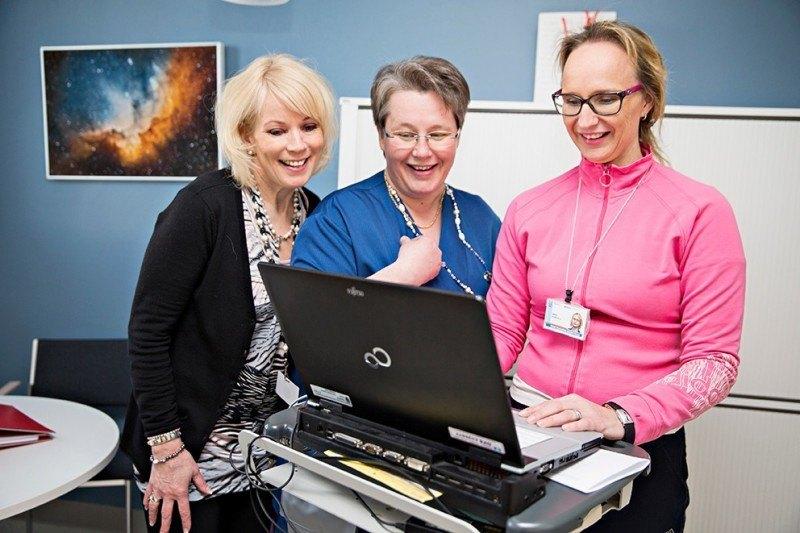
The change towards better occupational wellness and decreased sick leaves began five years ago. Firstbeat Lifestyle Assessment provided Ward 60 with information on personnel stress and recovery. The ward has 50 employees. The four-day measurement period included different shifts as well as days off.
The results of the long-term process are delightful and powerful. The results were proven with a Lifestyle Assessment follow-up measurement in early 2015. Personnel well-being is reflected on the whole community, productivity and the organizational budget.
Night Shift is not the Most Stressful
“Lifestyle Assessment provided us with valuable information on the importance of rest and recovering from work. Instead of just relying on impressions, the personnel were shown real facts about their coping,” notes Mailis Mäkelä, Head Nurse.
The employees learned that recovery between consecutive evening and morning shifts and several night shifts is not sufficient. In addition, they were surprised that the most stressful shift was not actually night, but the morning shift.
“When working a morning shift after an evening shift, some employees only had a few minutes of recovery. People were astonished when they saw the results and understood that it is worthwhile to make changes,” Mäkelä describes.
This information helped in planning the shifts, as well as planning the routines of the morning shift to b
e less stressful. Soon after the measurement, ergonomic work time planning was launched at Ward 60.
“The measurement provided new insights on how stressful different shifts are and on how the shifts should be planned better. It can also be utilized in individual occupational health care assessments,” Ojala says.
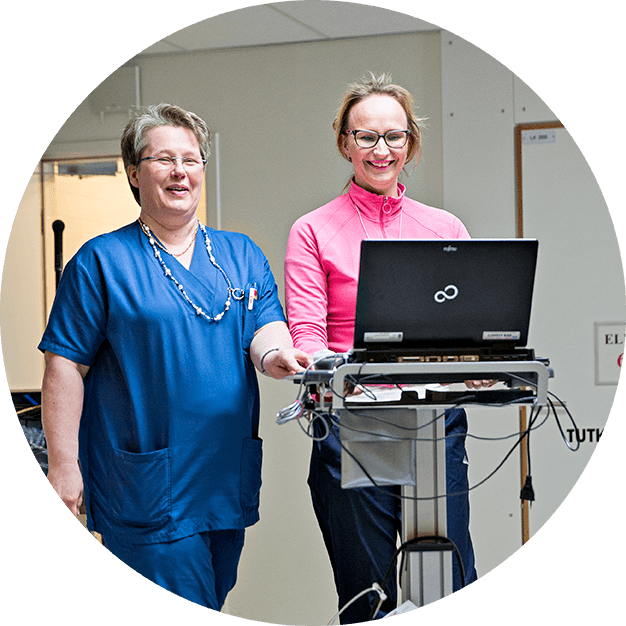
Common Planning Creates Commitment
Ergonomic shifts enable sufficient recovery. The shifts in Ward 60 circle from morning to night shift. No consecutive night shifts are done. Usually an evening or a night shift is followed by a day off.
“The employees are not forced to use their spare time for recovering. Instead, they are able to do the things they enjoy. The results have been almost unbelievable,” says Assistant Head Nurse Kirsti Kähkönen.
Autonomy was added after ergonomic planning had been proven to work well. The fact that people can affect their shifts in terms of common rules has improved confidence and satisfaction in work.
“The changes and common rules have been planned together with the personnel. Everyone has had the chance to affect and everyone has committed, too,” Kähkönen explains. The experiences of Ward 60 have also caught attention on a national level. For example the Finnish Institute of Occupational Health has utilized the information in their research on healthy working times.
Improving Both Physical Condition and Recovery
In addition, Lifestyle Assessment helped Ward 60 to understand the importance of physical activity and has encouraged the employees to exercise more. After the first measurements, the ward started operations to support the employees to take care of themselves. Fitness tests and foot analyses provided important information and exercise opportunities were improved. All staff members were interviewed about their daily choices and coping. The goal was to support the employees in making the right choices.
The measurement results illustrated that for example exercising at high intensity late in the evening weakens recovery. The information was a relief: It is allowed to take it easy when you are tired.
“Physical condition and recovery are improving simultaneously. The Lifestyle Assessment follow-up measurement proved this,” notes Health Promotion Planner Minna Keskitalo.
The first measurement showed that in order to promote comprehensive well-being, it is necessary to re-think your daily choices. Both Ward 60 and the whole health care district have encouraged their employees to exercise right, eat healthy and rest sufficiently.
“Occupational wellness is not only about the well-being of individuals. The community provides peer support to help reach one’s goals and make smart choices. This supports the promotion of comprehensive wellness. Ward 60 has a culture of caring and great atmosphere. They also have an active approach towards change and development,” Ojala describes.
Follow-Up Measurement Highlights Success
The Lifestyle Assessment follow-up measurement suggests that a change has happened. The measurements had a long period between them, four years. During those four years, wellness issues were kept in mind at Ward 60. Now it is safe to say that a permanent change has taken place.
“According to the follow-up measurement, shift workers have even better recovery than day-time workers. In addition, their fitness level has improved and subjective well-being increased significantly,” Keskitalo notes.

The benefits of the occupational wellness program are shown in the productivity of work, human resources costs and working conditions barometer results. Sick leaves have dramatically decreased and the need for substitutes is nearly nonexistent. The number of sudden absences dropped almost immediately after changing to ergonomic shifts. The budget is well met and the human resources budget even came under.
“The well-being of the staff is reflected in good coping. The results of the working conditions barometer in Ward 60 are amazing. In the end, all this benefits our little patients,” notes Head Nurse Seija Miettinen.
Making permanent changes requires time. At Ward 60, it has been a 5-year process. In the beginning there was a common vision and goals to reach.
“This change was made to improve the employees’ wellness, not to serve the supervisors’ interests. This has been a huge investment on our employees’ well-being, which brings a very positive message for them. The employees have taken this as an opportunity and been very enthusiastic,” Mäkelä ends.
If you liked this article, you should subscribe to our mailing list
You might also be interested in
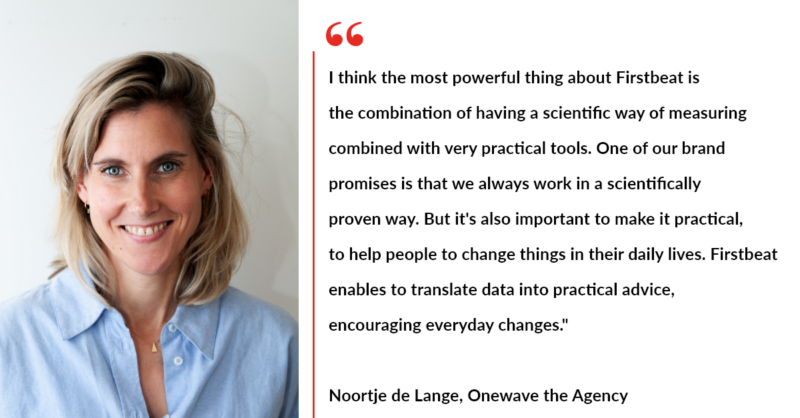
Transforming Workplace Well-Being with Data-Driven Insights: How Onewave Boosts Energy and Performance using Firstbeat Life
Onewave, a Netherlands-based company, offers unique programs that enhance workplace energy and performance through data-driven insights, personalized advice, and practical tools for transforming work environments. Using insights from Firstbeat Life…
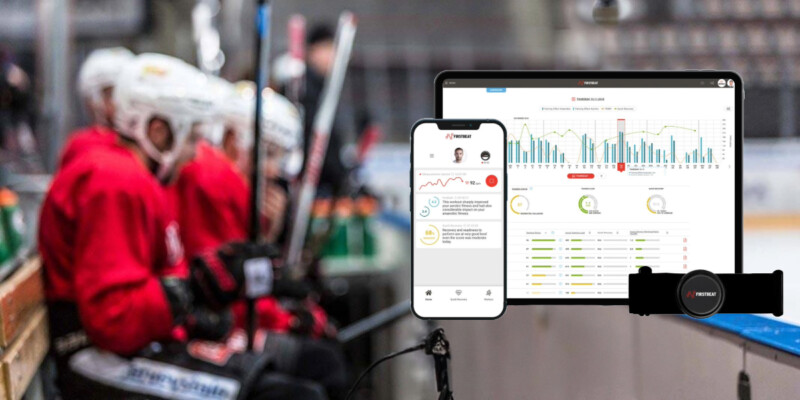
Why Nearly 50% of NHL Teams Rely on Firstbeat for Results
Since 2008, Firstbeat Technologies has played a part behind the scenes at many of the North American league’s 31 franchises.
